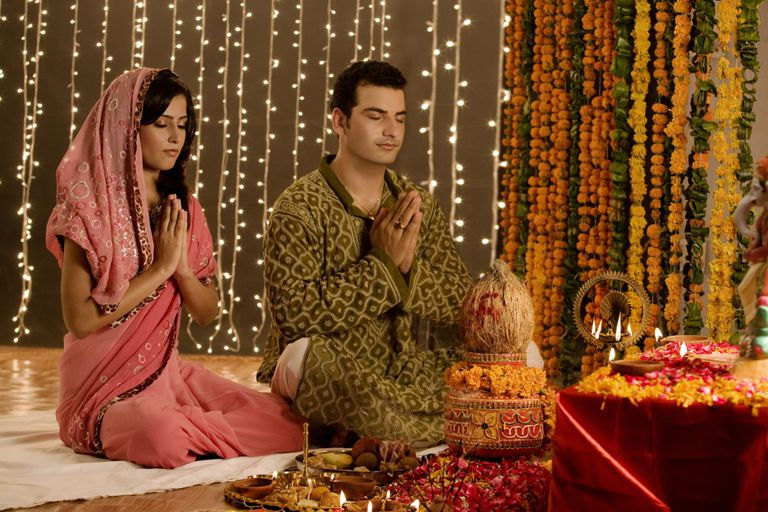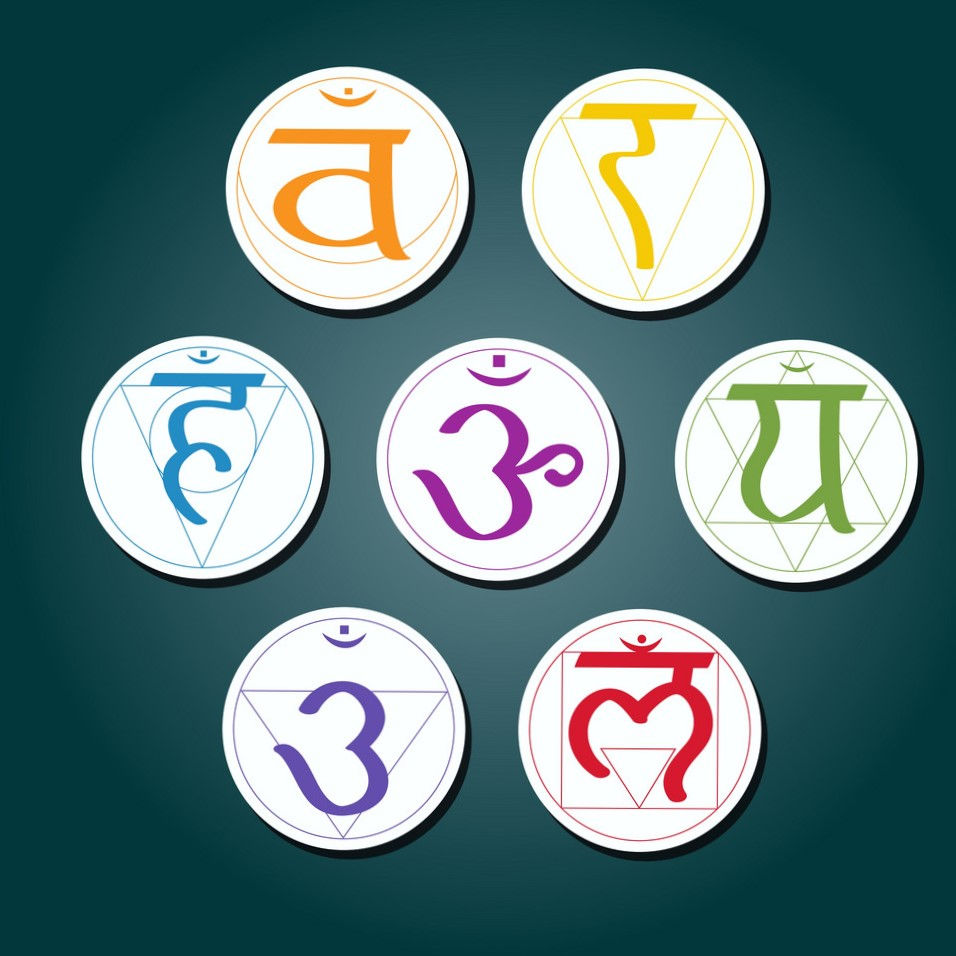What is Puja?
- Sanatan Cosmos

- Nov 28, 2019
- 3 min read
Updated: Dec 1, 2019
For many people, who are not Hindus, Puja is something like a mystery. Many people can't understand what this thing actually is. When they come to a Puja and see all the preparation, decoration, flowers, idols, coconut, diya, incense stick and a lot of other things, they can't simply understand what is going on. Thousands of questions come to their mind but can't figure out where to even start asking questions. Today, we going to uncover the mystery of "Puja".

The first thing a lot of Hindus do is to start from Om. This is important mantra in India society. Puja can be done for personal chitta (conscious) gain, special occasions and in temples too. Pujas can have mantras chosen for the specific task. Most of which is from Vedas or Upanishads. We all know that just some normal lines repeating over and over again without any conscious state of mind is just a mindless activity. Mantras needs to be connected by Atman (soul) and with entire conscious state which helps in achieving mindfulness.
We make mudras during the Puja. It could be Gyan mudra or Anjali mudra. Puja is also a meditation (dhyana yoga) if done consciously. The gyana mudra helps us gaining intellegence by continuously focusing on Ajna chakra. Anjali mudra (see image) does help in receiving outside energy of surroundings and nature. In our tradition God is universe. God is typically used as a translation in english.

There are a series of rituals like offering flowers, sweets, fruits and other things along with chants. These chanting during offering is usually a verbal description of the actions being performed. Why would the universe bestow blessings on us of we ourselves don't connect to it. We must connect our mind to the activity. Isn't this meditation?
The five senses of human body heavily influence our state of mind. These senses are: visual, taste, smell, hear, touch.
महाभूतान्यहंकारो बुद्धिरव्यक्तमेव च ।इन्द्रियाणि दशैकं च पञ्च चेन्द्रियगोचराः ॥६॥इच्छा द्वेषः सुखं दुःखं संघातश्चेतना धृतिः ।एतत्क्षेत्रं समासेन सविकारमुदाहृतम् ॥७॥
Then, above the senses, there is the mind, which is within and which can be called the sense within. Therefore, including the mind, there are eleven senses altogether. Then there are the five objects of the senses: smell, taste, form, touch and sound. Now the aggregate of these twenty-four elements is called the field of activity. If one makes an analytical study of these twenty-four subjects, then he can very well understand the field of activity. Then there are desire, hatred, happiness and distress, which are interactions, representations of the five great elements in the gross body. - shrimad Bhagwatam 13:18
None of them should be less focused on. But there two aspects of Puja. One is Sadgun (meterialism) upasana and the other is nirgun upasana. Sadgun upasana is done with idols and a sense of Iccha shakti (will power to attain some material). This is associated to karmakanda and naivedya, meaning actions and offerings of fruits and food.
Hindus do not worship idols, hindus worship through idols.

Nirgun means non materialized or thinking universe is an absolute true form. In Hinduism Ishwar (source of universe) is represented by Shunya (zero). This is where advaita vedanta plays a deep role. Kundalini, meditation, yoga etc. are the vital part of nirgun upasana. Through the specific act, the individual receives the waves associated with ichha-shakti of the respective Deity.
HIndus are the first people on the planet to find out that we are all are interconnected to this universe. In fact, it's a web of universe. And we are the same life force from the source. The source of this universe is no different than our Atman (soul). This is one of the reasons why Puja and meditation has been a part of our society for thousands of years.
There are lots of things that makes hinduism distinct from other cultures and religions. This is a very ancient and deep science that is still continued in our lives.






Comments